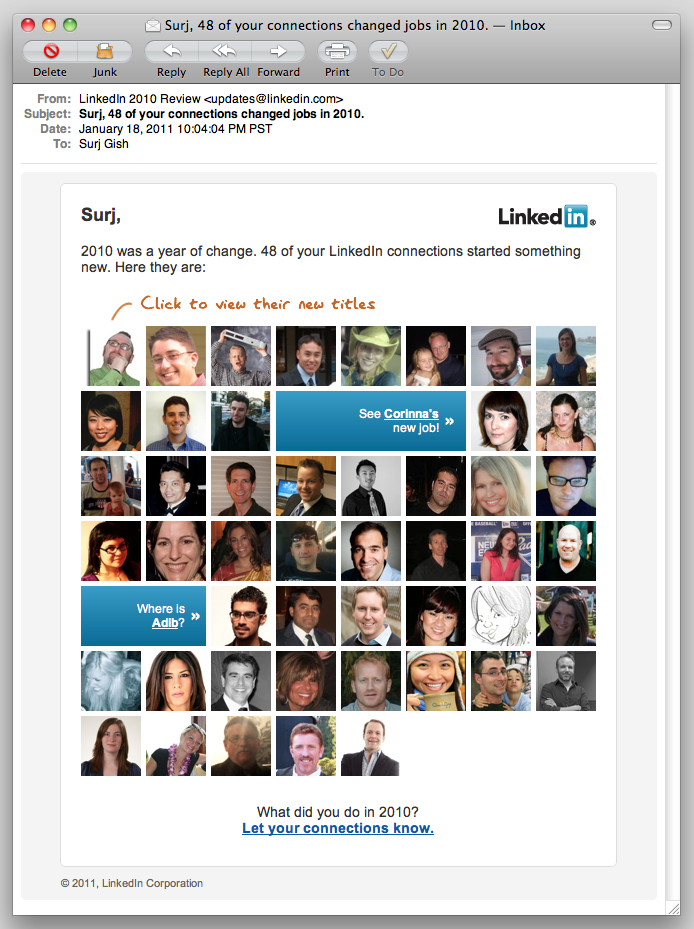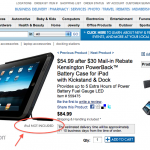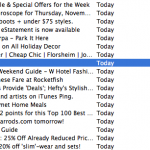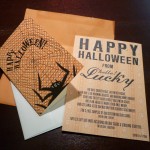Soon, like this week – less than two weeks since AdAge revealed Facebook was testing real-time targeting for Facebook Ads. I received an email from my friendly neighborhood Facebook Ads rep today, telling me:
Happy Monday,
In the coming week, we will expand our Real-Time Targeting test for Facebook Ads on Marketplace to 100% of users worldwide. This targeting feature can speed up the delivery of ads in real-time based on a set of qualified actions a person takes on the site. We’re using the same data that we already use to serve ads to our users, but this enhancement will allow users to see ads updated in real-time based on their activity. We’re excited about this test, because we think it makes your ads more relevant to users by allowing you to reach users at a prime point in the purchase cycle – right when they are indicating intent. There is no change in the ad product itself or to user privacy, and no action is necessary on your current Marketplace Ad campaigns—real-time targeting will happen automatically for people who become a part of your target audience.
How it works:
A user takes one of the following actions:
- Updates their status on Facebook
- Posts content on a person/Page/Event Wall
- Likes a Page from the Search Results page
In real-time, we can target specific keywords from the text the user entered or the Page they liked and update the 1-5 Marketplace Ads they see that is relevant to the keyword/concept.
For more info on real-time commenting, please refer to the following article:
Happy Monday, indeed. Seriously – this is big stuff.
On one hand, I’ve talked to some folks who are freaked out and think there’s some new privacy issue here. It’s the usual “OMG! They’re watching me! I’m quitting Facebook!” News flash: they’ve been watching you all along.
On the other hand – for advertisers, this is huge – we can engage Facebook users in the moment. TONS of potential.
But the jaded side of me thinks we’ll keep seeing more of the same poorly targeted ads. The tools have always been there, but lots of advertisers still do a really bad job with their Facebook campaigns. Poor strategy is poor strategy – making it faster doesn’t make it any better. AT&T will still show me their “Sign up for AT&T” ads every time I post in frustration about the “network quality” in San Francisco- they’ll just be quicker about it. And I’ll get more of this ridiculousness, in real-time!








